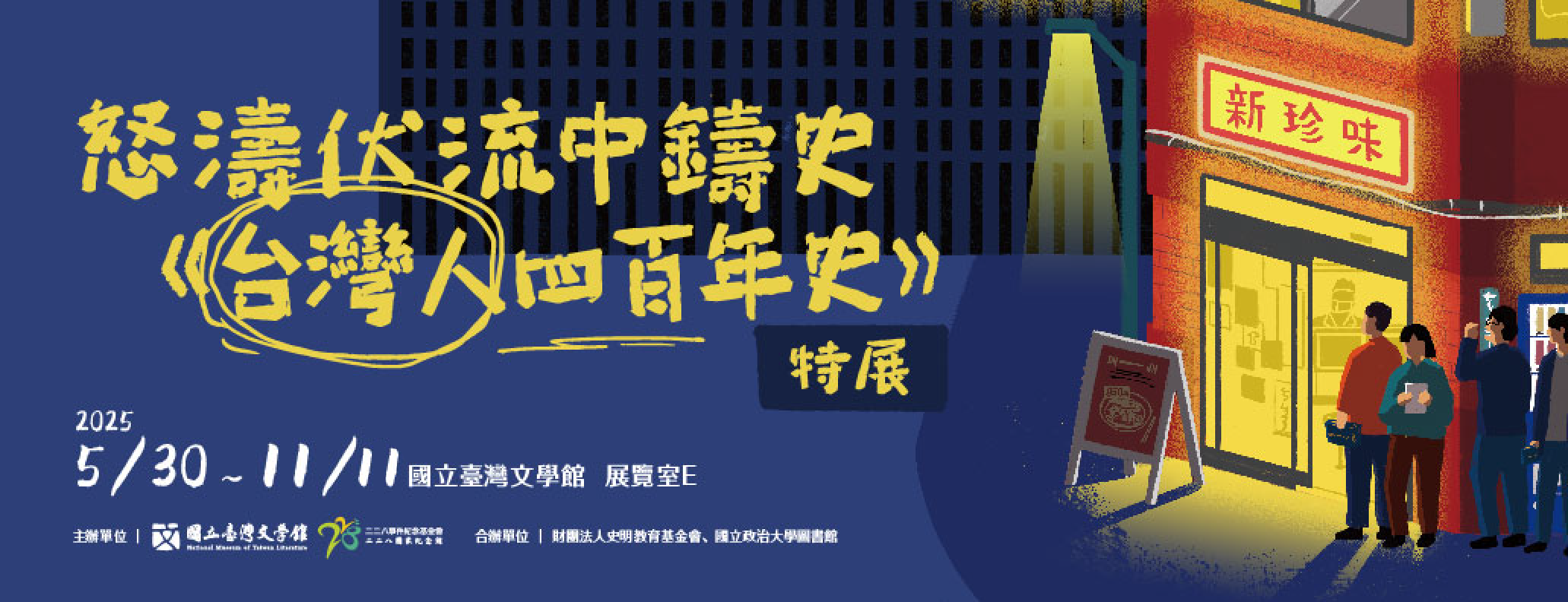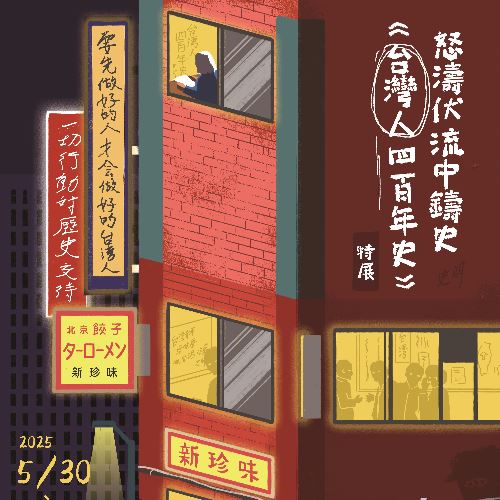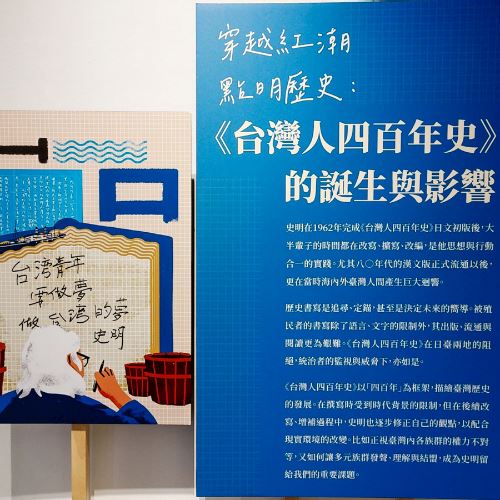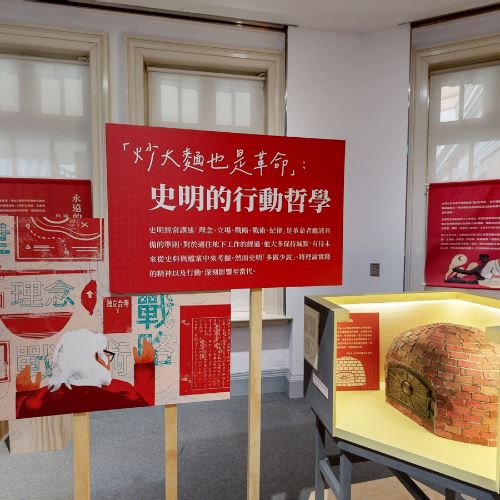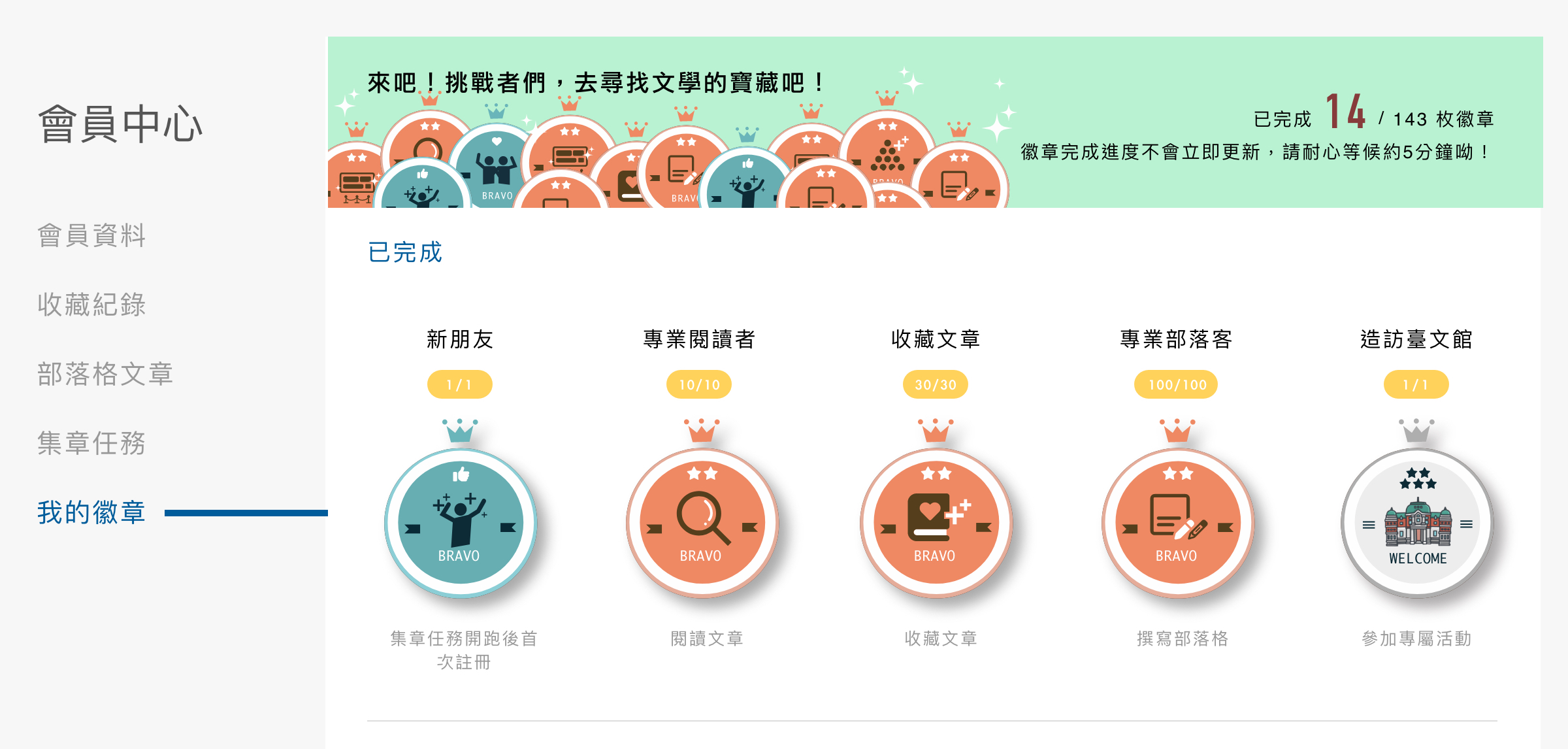The Non-Heroic Warrior: The Life of Su Beng

Su Beng's life journey spanned Taiwan, China, and Japan. Along the way, he continuously learned and absorbed knowledge, and critically examined and compared abstract thought with actual experience.
2-1 Biography of Su Beng

1918 November 9: Born in Shilin, Taipei. He is originally surnamed Lin, from his father, Lin Chi-chuan .
1928: Adopted into the Shih family after the death of his uncle Shih Chen-hsing, and his surname is changed to Shih.
1932: Enters Taipei First High School.
1936: Leaves school in his fourth year to study in Tokyo.
1937: Enrolls in Waseda Junior & Senior High School.
1940: Enters School of Political Science and Economics, Waseda University, and majors in political science.
1942: Goes to China to participate in the anti-Japanese war, works in the Wang Ching-wei government, and gathers intelligence for the CCP.
1945: After the war, meets his girlfriend Kyoshi HEIGA at the Japanese embassy in China.
1949: Escapes from China to Taiwan.
1950: Founds the Taiwan Independence Revolutionary Armed Force to plan the assassination of Chiang Kai-shek.
1952: After the failure of the assassination plot, Su Beng flees to Japan and sets up the Chinmi street stall in Ikebukuro.
1954: Upgrades the stall to a full restaurant, today known as Shin Chinmi.
1955: Advocates for direct action, with "the island as the primary battleground," and begins to establish underground networks in Taiwan.
1962: Publishes the first Japanese edition of Taiwan's 400 Year History.
1967: Leads the founding of the "World United Formosans for Independence," attempting to connect Taiwan independence groups in Japan. The Taiwan Independence Association goes public with its journal Taiwan Independence.
1968: First covert return to Taiwan, reorganizing underground networks.
1972: Member Wen Lien-chang is arrested.
1973: The Cheng Ping cell of the Taiwan Independence Association is arrested.
1974: Su Beng publishes the second Japanese edition of Taiwan's 400 Year History.
1975: Second covert return to Taiwan. Member Hsu Mei is arrested. The organization decides to suspend armed struggle on Taiwan and shift strategy.
1980: The first Mandarin edition of Taiwan's 400 Year History is published in the United States.
1983: Members Lu Hsiu-yi, Koshi ZENDEN, and Ko Ssu-pin are arrested.
1986: The English edition of Taiwan's 400 Year History is published.
1988: Su Beng authorizes Cheng Nan-jung to publish and distribute in Taiwan.
1991: The Taiwan Independence Association Case; Chen Cheng-jan, Liao Wei-cheng, Wang Hsiu-hui, and Lin Yin-fu are arrested.
1993: Covertly returns to Taiwan, is arrested, and at a press conference, proclaims his struggle to overthrow colonial structures.
1995: The Taiwan Independence Association's Taipei propaganda vehicle fleet is established.
1996: Founds Taiwan Popular Radio (1996–2001).
1998: The second Mandarin edition of Taiwan's 400 Year History is published.
2001: The Su Beng Education Foundation is established.
2005: Participates in a sit-in protest at NTU against China's Anti-Secession Law. At 87, he blocks Lien Chan's motorcade on the highway in protest of his visit to China.
2009: Falls into a coma during Shin Chinmi renovations in Japan; returns to Taiwan after recovering.
2013: Oral History of Su Beng is published.
2014: The Sunflower Movement; Su Beng makes multiple visits to support students at the Legislative Yuan. The third Mandarin edition of Taiwan's 400 Year History is published.
2015: Su Beng documentaries Su Beng, the Revolutionist and The Blind Forest: Su Beng are released.
2016: Su Beng's Memoirs: The Pursuit of Ideals without Turning Back is published. He is appointed an unpaid advisor to the Presidential Office.
2017: Attends "A Century of Perseverance for Taiwan Independence: Su Beng Birthday Celebration."
2019 June 30: Speaks at "The Last Lecture of Revolutionary Su Beng." 2019 September 20: Passes away
2-2 Personal Artifacts of Su Beng

(a) Cooking with One Hand, Nation-Building with the Other: Shin Chinmi and Braised Noodles
Shin Chinmi was the restaurant Su Beng opened while exiled in Japan. It provided him with a source of income and was a must-visit spot for many overseas dissidents. Its specialty was north China-style noodles and pan-fried dumplings—nostalgic tastes for exiled visitors. Su Beng had no prior experience as a chef, but learned assiduously and adapted dishes to customer preferences. For him, running the restaurant was both a livelihood and part of his revolutionary work. Today, the Shin Chinmi Su Beng Legacy Center in Tokyo and the Su Beng Memorial in Xinzhuang are rare Taiwan-Japan sister sites, offering monthly guided tours to experience Su Beng's life firsthand.
Provided by the Su Beng Education Foundation

(b) The Independence Vehicle
Returning to Taiwan in 1993, Su Beng lived in a turbulent time of rising democratic movements. He worked outside the system, participating in elections but never joining a political party, acting instead through the Taiwan Independence Association. He converted a truck into the "Independence Vehicle," displaying large "Taiwan Independence" signs along with flags for "Taiwanese Nationalism" and the Taiwan Independence Association. Drums and gongs accompanied loud chants: "Taiwanese must stand up as their own masters" and "We will no longer be slaves to foreigners." Scenes of these street demonstrations became vivid memories for onlookers.
Provided by the Su Beng Education Foundation

(c) Signature Outfit: Denim Jacket
Beginning in the 1980s, during his lecture tours in the U.S., Su Beng always wore a light blue denim jacket and jeans, which became his iconic image. Scholar Weng Chi-an noted in The Revolutionary's Personal Artifacts the cultural significance of denim, its association with the working class, and links to leftist student movements. For revolutionary Su Beng, was his clothing choice purely a matter of convenience, durability, and practicality? Or was it also a political symbol? Donated by the Su Beng Education Foundation.
Provided by the Su Beng Education Foundation


Taiwan Literary, Issue 128, Innovation No. 8 (Right)
Taiwan Literary, founded on April 1, 1964 by Wu Cho-liu and published by Taiwan Literary Magazine Press,
was an important platform for postwar Taiwanese writers. Displayed here is Issue 128 (1991),
which includes Chen Su-lan’s essay “A Lonely Lamp in the Wilderness - Su Beng, the Man and His Thought”,
introducing Su Beng’s life and ideas.
The piece highlights Su Beng’s significance to Taiwan’s cultural and literary circles.
(Collection of the National Museum of Taiwan Literature / Donated by Yeh Shih-tao, Accession no. NMTL20170320654)
"Thoughts Across Four Hundred Years"(Middle)
To promote the ideal of Taiwan independence,
Su Beng (1918-2019) often rewrote folk song lyrics as critiques of Taiwan’s situation and as calls to awaken the public.
This work is Su Beng’s adaptation of the folk song "Thoughts Arise,"
embedding within it four centuries of colonial oppression and resistance in Taiwan.
(Courtesy of National Chengchi University Libraries, Accession no. ccl_sb_ma_00945_0008_i)
Chronology of Underground Activities(Left)
Su Beng (1918-2019) founded the Taiwan Independence Association,
which carried out many underground operations.
Its activities in Taiwan were carried out by means different from those of overseas organizations,
but they all shared the same goal. This document records events in chronological order,
including the completion of Taiwan’s 400 Year History in 1962.
(Courtesy of National Chengchi University Libraries, Accession no. ccl_sb_ma_01002_0003_i)

Su Beng’s Student Days in Japan (Right)
As a youth, Su Beng (1918-2019) studied in the Department of Political Science and Economics at Waseda University.
At that time, Waseda required students to first attend Waseda Junior & Senior High School before advancing to the university.
He later recalled the school’s liberal academic atmosphere,
and it was during this period that he was first exposed to Marxist thought.
(Courtesy of National Chengchi University Libraries, Accession no. ccl_sb_ma_01131_0001_i)
Handwritten Table of Contents of Su Beng’s Memoirs(Middle)
In his later years, Su Beng (1918-2019) began writing his memoirs.
This document is his handwritten table of contents.
He divided the work into two major parts: his life journey, and his thoughts and historical reflections,
revealing traces of how he shaped the work.
(Courtesy of National Chengchi University Libraries, Accession no. ccl_sb_ma_01253_0001_i)
Letter from Su Beng to Tso Hsiung (May 8, 1970) (Left)
Tso Hsiung (1940-2019) was a postwar Taiwanese leftist activist, active mainly in the United States.
This letter, written by Su Beng after the 1970 assassination attempt on Chiang Kai-shek in New York,
acknowledges receipt of Tso’s letter and thanks him for sharing information about the incident.
Su Beng notes that while he disagreed with how overseas groups handled matters after the attempt,
it was not appropriate to make public comments while the situation remained volatile.
The letter concludes with a discussion of the Taiwan Independence Association’s strategic plans.
(Courtesy of National Chengchi University Libraries, Accession no. ccl_tl_le_00020_0001_i)

Su Beng on His Father (Right)
Su Beng’s father, Lin Chi-chuan, had participated in activities promoted by the Taiwan Cultural Association.
Through this involvement, he came into contact with other association members and learned about colonial liberation movements.
Su Beng recalled that by the 1930s, the Japanese government had begun suppressing leftist speech,
and under this pressure, his father also withdrew from activism.
(Courtesy of National Chengchi University Libraries, Accession no. ccl_sb_ma_00367_0003_i)
"Tsai Jui-yueh, Pioneer of Taiwanese Modern Dance" (Middle)
Su Beng recounts how he came to know the modern dancer Tsai Jui-yueh, first seeing her perform in 1942.
Besides narrating their acquaintance, he also describes his interactions after 2000 with the Tsai Jui-yueh Dance Research Institute.
In 2012, the Institute created dance and theatrical works based on Su Beng’s life.
(Courtesy of National Chengchi University Libraries, Accession no. ccl_sb_ma_01018_0001_i)

Lee Kuei-shien, "The Plaza" (Left)
Lee Kuei-shien (1937-2025) was a Taiwanese poet, translator, cultural critic, and inventor.
His poetry is rooted in real life experiences, channeling critical force into lyrical expression.
Besides composing poetry, he frequently voiced commentary on current affairs.
This piece is Lee’s response to the Taiwan Independence Association Incident,
where he argued that freedom of speech comes from the loosening of invisible laws.
He urged that the Ministry of Education should cultivate a spirit of free expression among the public, beginning in schools.
(Collection of the National Museum of Taiwan Literature / Donated by Lee Kuei-shien, Accession no. NMTL20140080173)
